Introduction
Goat milk, known for its creamy texture, rich flavor, and numerous health benefits, has gained popularity among consumers worldwide. Its nutritional profile, which includes higher levels of medium-chain fatty acids, vitamins, and minerals compared to cow’s milk, makes it a preferred choice for many. However, like any dairy product, goat milk can spoil if not handled or stored properly. Understanding how to determine if goat milk has gone bad is crucial to avoid consuming spoiled milk, which can lead to food poisoning and other health issues. This comprehensive guide will provide you with the knowledge and skills necessary to identify the signs of spoiled goat milk, ensuring that you only consume fresh, high-quality dairy products.
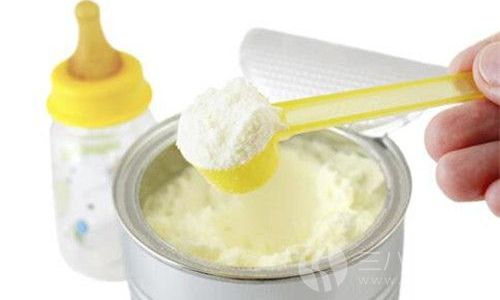
Understanding Goat Milk and Its Shelf Life
Before diving into the specifics of how to detect spoiled goat milk, it’s essential to understand the basics of its shelf life and storage conditions. Goat milk’s shelf life can vary depending on several factors, including packaging, processing methods, and storage conditions.
-
Raw vs. Pasteurized Goat Milk:
- Raw Goat Milk: Raw, unpasteurized goat milk has a shorter shelf life than pasteurized milk due to the presence of natural enzymes and bacteria. It typically lasts for about 2-3 days when refrigerated.
- Pasteurized Goat Milk: Pasteurization, a process that heats milk to a specific temperature to kill harmful pathogens, extends its shelf life. Pasteurized goat milk can last up to 7-10 days in the refrigerator when stored properly.
-
Packaging:
- Glass Bottles: Glass bottles provide a neutral environment that doesn’t alter the taste or quality of the milk. However, they are more fragile and can break easily.
- Plastic Containers: Plastic containers, especially those made from BPA-free materials, are lightweight and durable. They offer a good balance between cost and performance but may slightly alter the taste of the milk over time.
- Cartons: Cartons are often used for larger volumes of milk and are designed to be easy to pour and store. They provide a good barrier against light and oxygen, preserving the milk’s freshness.
-
Storage Conditions:
- Temperature: Goat milk should be stored at a consistent temperature of 40°F (4°C) or below. Fluctuations in temperature can accelerate spoilage.
- Light: Exposure to direct sunlight can degrade the quality of goat milk, so it should be stored in a dark or opaque container.
- Air Exposure: Oxygen can oxidize the fats in milk, leading to off-flavors and odors. Proper sealing of containers is crucial.
Signs of Spoiled Goat Milk
Identifying spoiled goat milk involves checking for several sensory cues, including appearance, smell, taste, and texture. Here’s a detailed breakdown of each:
-
Appearance:
- Separation: Goat milk that has separated into curds and whey is a clear sign of spoilage. This occurs when the proteins in the milk coagulate and separate from the liquid portion.
- Discoloration: Fresh goat milk has a creamy white color. If it turns yellow, gray, or has dark spots, it’s an indication that the milk has gone bad.
- Cloudiness: While some cloudiness is normal in raw milk due to natural fats and proteins, excessive cloudiness or a murky appearance can indicate spoilage.
-
Smell:
- Sour Odor: One of the most telltale signs of spoiled goat milk is a sour, acidic smell. Fresh milk has a mild, slightly sweet aroma, while spoiled milk develops a pungent, unpleasant odor.
- Off-Smells: Any unusual smells, such as those reminiscent of chemicals, mold, or rot, indicate that the milk has gone bad.
-
Taste:
- Sour Taste: Spoiled goat milk often tastes sour or tangy. This is due to the fermentation of lactose into lactic acid by bacteria.
- Bitter or Metallic Taste: Sometimes, spoiled milk can have a bitter or metallic aftertaste, which is another indication that it should be discarded.
-
Texture:
- Lumpy or Chunky Consistency: If goat milk feels lumpy or has chunks in it, it’s a sign that the proteins have denatured and coagulated, indicating spoilage.
- Thickness: While goat milk is naturally thicker than cow’s milk, an abnormal increase in viscosity or a gluey texture can be a sign of spoilage.
Additional Indicators of Spoilage
Beyond the sensory cues mentioned above, there are a few additional indicators that can help you determine if goat milk has gone bad:
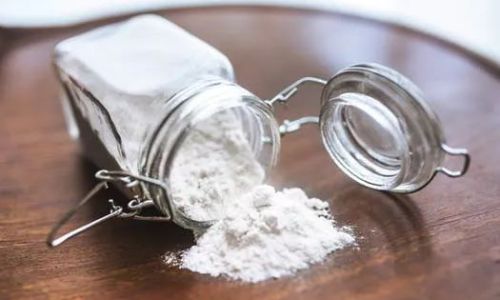
-
Expiration Date: Always check the expiration date on the packaging. While this isn’t a foolproof method (as milk can spoil before the date if not stored properly), it provides a general guideline.
-
Container Swelling: If the container of goat milk feels bloated or has expanded, it’s a sign that gas has been produced by bacteria, indicating spoilage.
-
Mold Growth: Although rare in properly sealed containers, mold growth on the surface of goat milk is a clear indication that it should not be consumed.
How to Properly Store Goat Milk to Extend Its Shelf Life
To maximize the shelf life of goat milk and minimize the risk of spoilage, follow these storage tips:
-
Immediate Refrigeration: Store goat milk in the refrigerator immediately after purchase. Do not leave it out on the counter, even for short periods.
-
Proper Sealing: Ensure that the container is tightly sealed to prevent air exposure and contamination.
-
Consistent Temperature: Keep the refrigerator set to a consistent temperature of 40°F (4°C) or below. Avoid placing goat milk in the door compartments, where temperature fluctuations are more likely.
-
First-In, First-Out: Use older milk first to ensure that nothing sits in the refrigerator for too long.
-
Avoid Freezing: While freezing can extend the shelf life of goat milk, it can alter its texture and flavor. If you must freeze it, use it for cooking or baking rather than drinking it straight.
Conclusion
Knowing how to determine if goat milk has gone bad is a crucial skill for anyone who consumes this nutritious dairy product. By paying attention to the appearance, smell, taste, and texture of goat milk, as well as following proper storage practices, you can ensure that you only enjoy fresh, high-quality milk. Remember, consuming spoiled goat milk can lead to food poisoning and other health issues, so it’s always better to err on the side of caution and discard any milk that shows signs of spoilage. With this knowledge, you can confidently enjoy the many benefits of goat milk while avoiding the risks associated with spoiled dairy products.

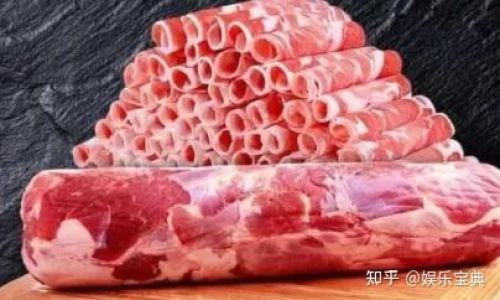
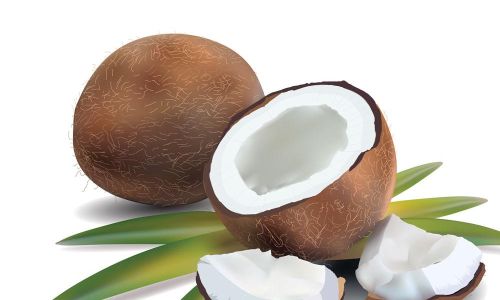

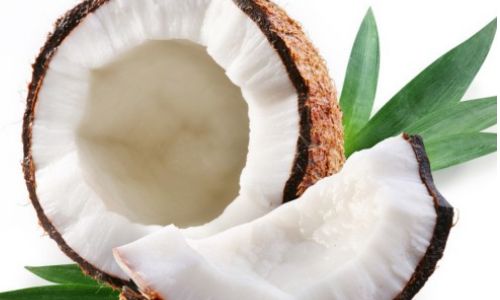
0 comments